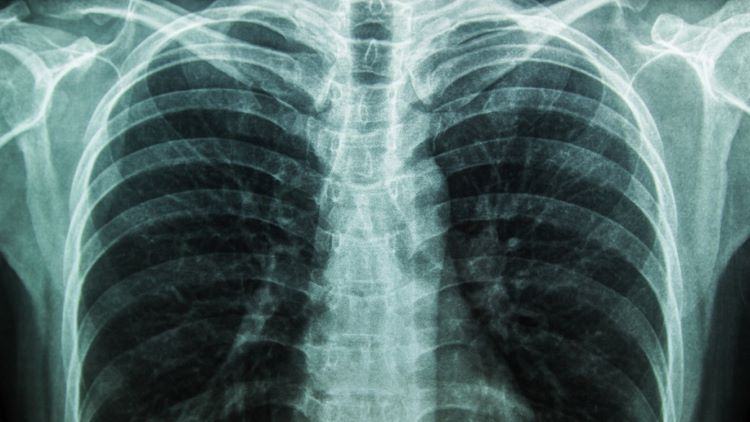X-rays are a useful tool for diagnosing certain health conditions and diseases. Your doctor may refer you for an x-ray to check for broken bones, pneumonia or cancer, or your dentist will use x-rays to look inside your teeth for potential problems such as dental cavities. A radiologist or pathologist studies the results of x-rays, and a letter will be sent back to your doctor. You will often be asked to take the x-ray films with you.

How do x-rays work?
X-rays are a type of invisible electromagnetic radiation; you can’t feel them and they are painless. An X-ray machine sends a short burst of x-rays to the part of the body that is being examined. Those x-rays that pass through your body are captured on a photographic film (plate) situated behind. Solid areas in your body such as bones will block some of the x-rays whereas others will pass more easily through the less dense areas (e.g. soft tissues, fluids and air). This plate is then developed to show the characteristic x-ray picture (radiograph) of light and dark areas. The white areas are where fewer x-rays have hit the film and therefore correspond to the solid objects (e.g. bones), whereas the black areas are where more x-rays have hit the film and correspond to fluid and air in the lungs. Soft tissues such as muscles and organs will appear as grey depending on how dense they are. You will be asked to stay still or hold your breath while an x-ray is taken, this is to minimise any movement which can blur the picture. X-rays are sometimes taken with a contrast agent, such as iodine, which help show up the fluid areas such as blockages in coronary arteries (i.e. angiogram) or in the oesophagus (e.g. barium swallow test).
Higher dose x-rays
X-rays are used in a much higher dose for treating cancer (radiation therapy). Radiation therapy is used to shrink tumours and kill cancer cells. However, it can also damage normal cells (such as in the surrounding healthy tissue) which may lead to side effects. Doctors plan radiation therapy very carefully.
What are the side effects?
We are exposed to background radiation all the time. There are health risks with x-rays, and the risk depends on the exposure (i.e. dose) being used. The amount of radiation absorbed by the body depends upon the x-ray test ordered and the area of the body being examined. There is very little risk with having one x-ray test; some experts estimate that having one chest x-ray is similar to 10 days of background radiation. Other experts reckon that driving a car is far more dangerous than having an x-ray. The risk will increase depending on the number and type of x-rays you have. That is why radiologists and other staff who take x-rays wear protective clothing or stand behind a protective screen to minimise their exposure. Pregnant women, if possible, should not have an x-ray.
The benefit of an accurate diagnosis of your condition or disease is thought to far outweigh the very low risk of receiving this additional radiation. Talk to your doctor or radiologist about the risk involved the next time you have an x-ray.
No comments:
Post a Comment